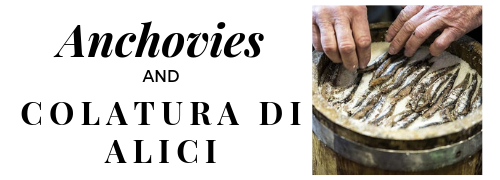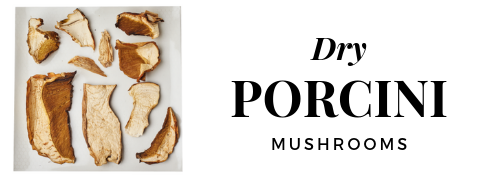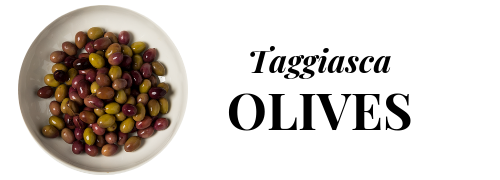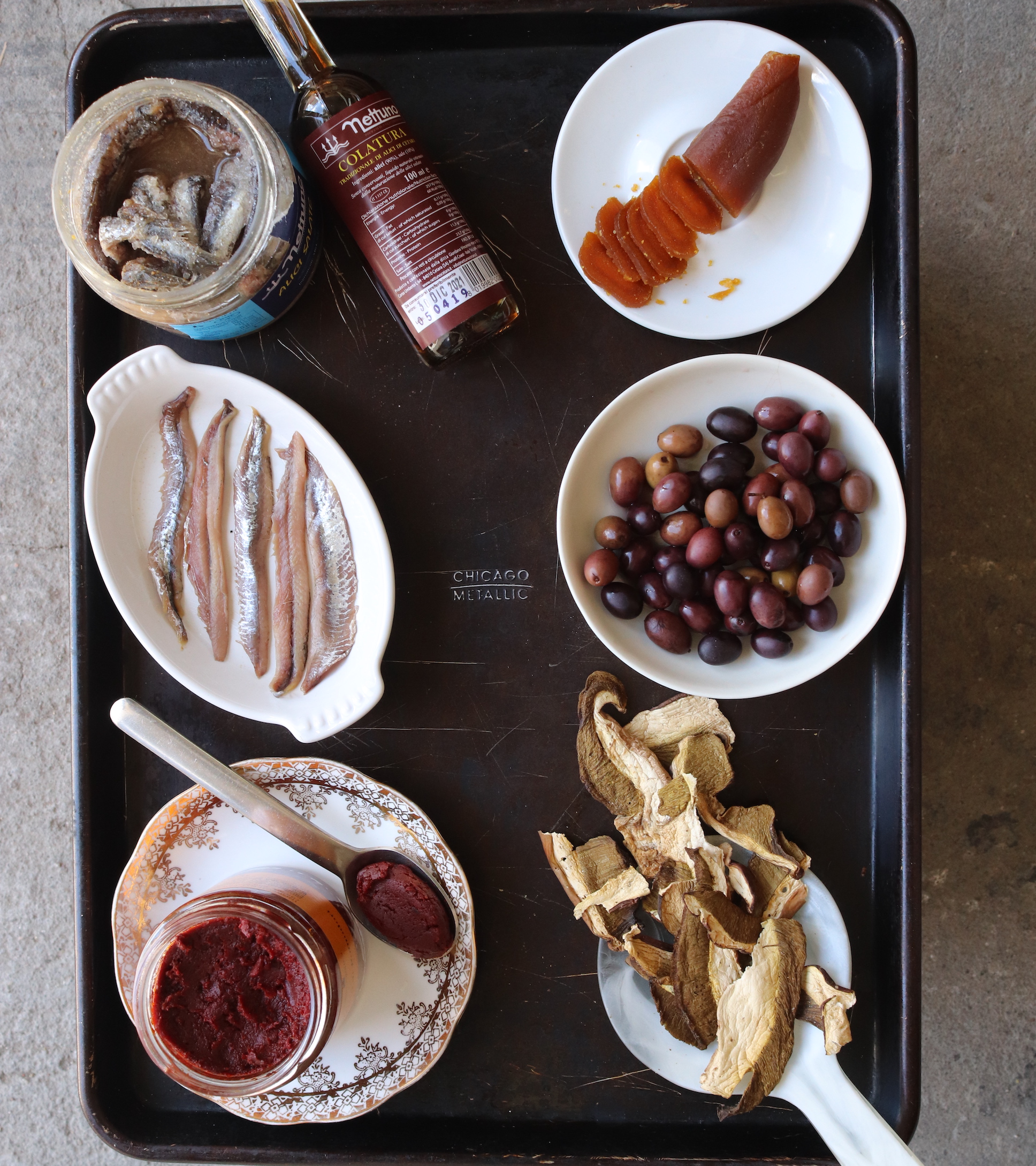Describing taste is a tricky task. How can we use language to articulate the sensations of sweet, salty, sour, and bitter without using those exact terms?
What about umami, the 5th and most elusive taste? This is an even trickier task.
Umami (from the Japanese “umai”) means tastiness and deliciousness. Broadly speaking, umami can be explained as a mild, lingering flavor sensation that spreads across the tongue and makes your mouth water (literally).
Although the scientific discovery of umami as an official taste category is relatively recent, evidence of its appreciation can be found at the heart of many culinary cultures, Italian included.
Here are some of our favorite examples of ingredients
that bring umami to Italian cuisine.
 Nettuno salted anchovies and also colatura d’alici (anchovy sauce) can add a level of depth and intensity to an extraordinary number of dishes.
Nettuno salted anchovies and also colatura d’alici (anchovy sauce) can add a level of depth and intensity to an extraordinary number of dishes.
 In the vegetable world, mushrooms are one of the most umami ingredients. With a sharp aroma and an earthy flavor, these dry porcini mushrooms from the famed Borgotaro Valley are an excellent example of how animal protein is not essential for achieving that sought after, intense umami-ness.
In the vegetable world, mushrooms are one of the most umami ingredients. With a sharp aroma and an earthy flavor, these dry porcini mushrooms from the famed Borgotaro Valley are an excellent example of how animal protein is not essential for achieving that sought after, intense umami-ness.
 Backyard tomato production is the unsung hero of Italian umami. Naturally, tomatoes have an impressive quantity of glutamic acid and, when dried, their umami flavor gets stronger. Pianogrillo’s tomato concentrate is an ode to the Sicilian summer Strattu tradition: a vigorous extraction of perfectly ripe sun dried tomatoes.
Backyard tomato production is the unsung hero of Italian umami. Naturally, tomatoes have an impressive quantity of glutamic acid and, when dried, their umami flavor gets stronger. Pianogrillo’s tomato concentrate is an ode to the Sicilian summer Strattu tradition: a vigorous extraction of perfectly ripe sun dried tomatoes.
 These little olives pack a punch, specifically, an umami punch. These are the most umami-forward olives we have ever tasted. Benza Taggiasca Olives are preserved in brine and although they are small, they have a velvety mouthfeel and a meaty flavor.
These little olives pack a punch, specifically, an umami punch. These are the most umami-forward olives we have ever tasted. Benza Taggiasca Olives are preserved in brine and although they are small, they have a velvety mouthfeel and a meaty flavor.
 Bottarga is the dried and salted roe of the mullet fish. It can either be sliced or grated and adds a unique briny umami element in your recipes. L’Oro di Cabras mullet roe is made in Sardegna according to a tradition that has survived generations. Today, it’s still hand-salted and dried in the Mediterranean sea air.
Bottarga is the dried and salted roe of the mullet fish. It can either be sliced or grated and adds a unique briny umami element in your recipes. L’Oro di Cabras mullet roe is made in Sardegna according to a tradition that has survived generations. Today, it’s still hand-salted and dried in the Mediterranean sea air.
